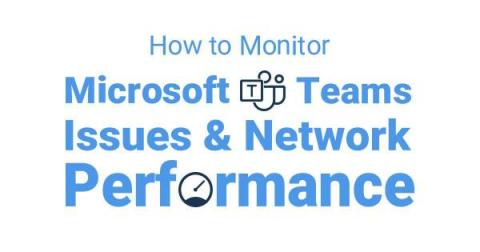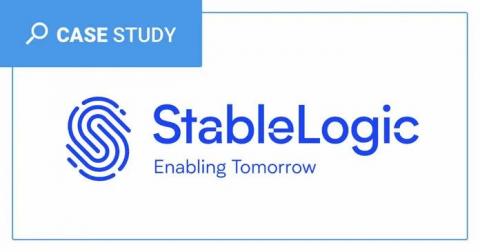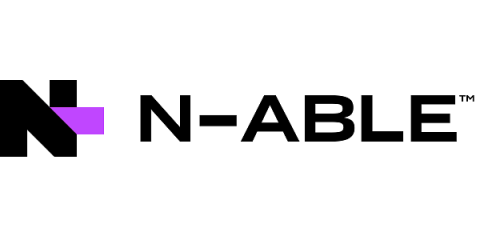Troubleshooting Cloud Application Performance: A Guide to Effective Cloud Monitoring
The scalability, flexibility, and cost-effectiveness of cloud-based applications are well known, but they’re not immune to performance issues. We’ve got some of the best practices for ensuring effective application performance in the cloud.











